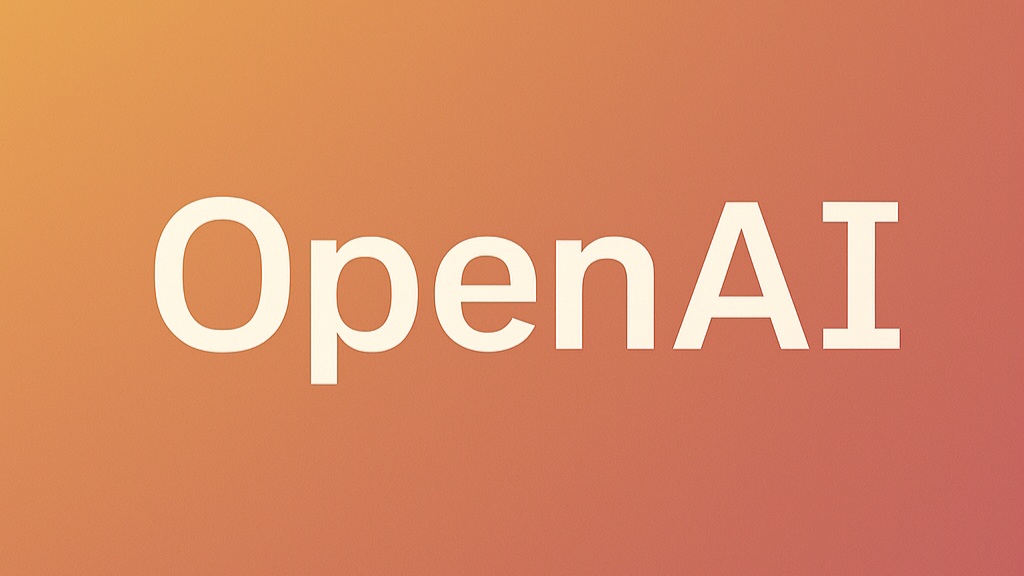
GPT-5: Opening a New Frontier in AI
OpenAI has officially launched GPT-5, its latest flagship AI model, setting a new benchmark in reasoning, language mastery, coding capability, and multimodal performance.
The release marks a decisive step beyond GPT-4o and the o-series models, combining speed, adaptability, and a human-like conversational presence.
Not Just a Model — A Dynamic System
GPT-5 is built around a Dynamic ModelRouter, an intelligent architecture that selects between lightweight, high-speed models or more computationally intensive deep-reasoning models based on task complexity.
This flexibility means users get rapid responses for simple queries and methodical, well-reasoned outputs for complex ones—without manual switching.
A Leap Forward in Coding and Reasoning
The numbers speak for themselves:
- 74.9% on the SWE-bench Verified and 88% on Aider Polyglot—the highest scores among coding-focused AI systems to date.
- 96.7% on the τ²-bench telecom benchmark, demonstrating the ability to orchestrate sophisticated multi-tool task chains, a crucial skill for agentic AI.
These benchmarks translate into tangible gains for developers: faster debugging, more reliable code generation, and context-aware reasoning that feels less like a search engine and more like a skilled collaborator.
Built with Developers in Mind
GPT-5 introduces parameters like:
- 'verbosity': low, medium, or high response length.
- 'reasoning_effort': allowing minimal thinking for speed-critical tasks.
- Plaintext support in custom tools: simplifying integrations.
These small but meaningful improvements give developers precise control over AI output, making it as much a part of their toolkit as a code editor or version control system.
Efficiency Meets Reliability
Compared to its predecessors, GPT-5 is 22% more token-efficient and requires 45% fewer tool calls.
Factual error rates have plunged by 80% compared to the o3 model, marking a significant leap in reliability for enterprise-grade use.
Beyond Chat: Global Integration
OpenAI has rolled out GPT-5 as the default ChatGPT model for all users, free and paid.
Its tone can be personalized, it integrates seamlessly with Gmail and Google Calendar, and it’s available in a rich voice mode.
Microsoft, a strategic partner, has integrated GPT-5 across Copilot and Azure AI Foundry, enabling advanced reasoning workflows in enterprise environments—from document automation to cross-platform system orchestration.
Praise, Criticism, and the Energy Question
While GPT-5 has earned global acclaim, some analysts argue the leap is “evolutionary rather than revolutionary.”
True AGI remains elusive, and there are practical concerns: each response consumes an average of 18 watt-hours, nearly double double GPT-4o’s energy footprint.
The Builder’s Perspective
As someone building Vorgathium, an empathetic AI ecosystem, I see GPT-5 as both an inspiration and a signpost.
It proves that AI can evolve to be sharper, more adaptive, and more personable—a crucial step for those of us aiming to humanize technology.
The challenges—from energy efficiency to the gap between expectation and AGI reality—remind us that AI’s value lies not only in capability, but in service to real human needs.
In that sense, GPT-5 is less a finish line than a doorway—opening into a future where intelligence is paired with empathy, and where tools become partners. The best AI is not just what it can do—it’s how it makes you feel.
Sources:
- OpenAI blog & developer documentation (official technical explanation).
- Wikipedia (GPT-5 updates and applications).
- Tech media like Wired, The Atlantic, and Lifewire.
- Microsoft reports for GPT-5 integration in Copilot & Azure.
- Financial Times & The Guardian for critical analysis and energy consumption data.